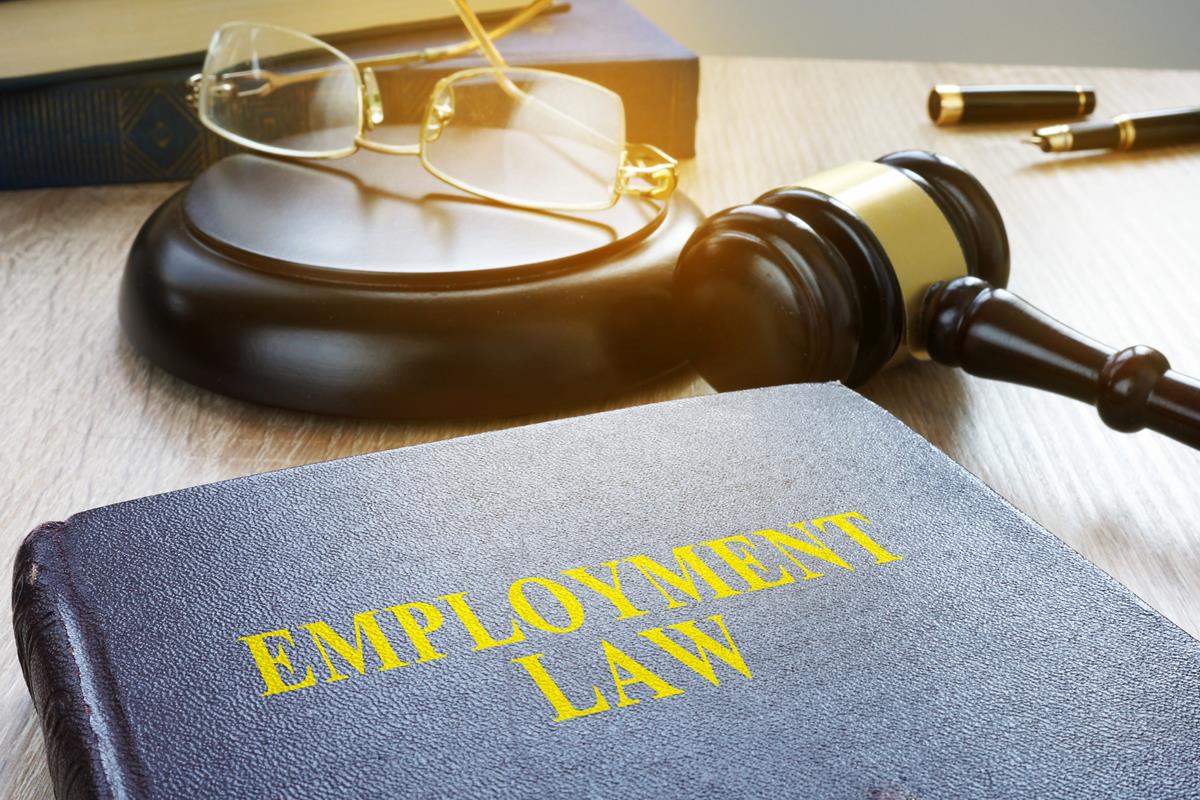National Labor Relations Board Sets Clear Standard for Punishing Abusive Conduct from Union Employees

Orange County, Calif. (August 4, 2020) - On July 21, 2020, the National Labor Relations Board (NLRB) consolidated the standard used to evaluate whether discipline of an employee’s abusive conduct violates the National Labor Relations Act (NLRA). On appeal in the case of General Motors LLC and Charles Robinson, the NLRB specifically examined an employee’s repeated suspension for use of profane and threatening language during work hours and union meetings. See Cases 14–CA–197985 and 14–CA–208242.
In a move that will aid employers in their quest to maintain safe workplaces, the NLRB identified the three-prong test from Wright Line as the proper way to evaluate whether disciplinary measures violate the NLRA. Wright Line, 251 NLRB 1083 (1980). Consequently, the Board remanded this case for evaluation under this standard.
The Case
Charles Robinson (Robinson) worked as a union committeeperson at General Motors’ Kansas City facility. In 2017, General Motors suspended Mr. Robinson on three different occasions for using profanity and making racially offensive comments towards managers in the course of regular plant operations, as well as during union bargaining meetings. See General Motors LLC and Charles Robinson, Cases 14–CA–197985 and 14–CA–208242.
Robinson’s first suspension resulted from a heated exchange with a manager regarding overtime hours and pay. Robinson used variations of the word “fuck” at least three times to describe his feelings and to threaten the manager. Robinson’s second suspension followed a meeting with other union committeepersons and numerous General Motors managers. Robinson made inappropriate racial jokes and comments to undermine the presenting manager. General Motors suspended Robinson a third and final time following another meeting with union members and a manager in which Robinson made a threatening comment to the manager and played disruptive music which contained “profane, racially charged, and sexually offensive lyrics.” Id.
On September 18, 2018, Administrative Law Judge Donna N. Dawson issued a decision in favor of Robinson in part based upon a four-factor test from the NLRB’s former Atlantic Steel case. See 245 NLRB 814, 816 (1979). Judge Dawson concluded that Robinson’s behavior resulting in the first suspension was protected by the NRLA, but his conduct on the other two occasions was not protected. On appeal last week, the case was remanded to Judge Dawson to provide a supplemental decision using the standard set forth in the NLRB’s Wright Line decision. See Wright Line, 251 NLRB 1083 (1980).
The NLRB’s Analysis
Section 7 of the NLRA protects employees’ right to participate in union activity, whereas Section 8(a)(1) forbids an employer for interfering with employees’ Section 7 rights, and Section8(a)(3) forbids discrimination against employees for their participation in a labor union. Historically, the NLRB has “presumed that discipline based on abusive conduct in the course of Section 7 activity violates Section 8(a)(3) and (1).” See General Motors LLC and Charles Robinson, Cases 14–CA–197985 and 14–CA–208242.
In the past, the NLRB has used three different tests to determine if an employee’s abusive conduct is protected by the NLRA. One such test applied to scenarios where employees made inappropriate comments to management, another applied to scenarios where employees posted on social media or communicated with other employees, and a third test applied to picket-line conduct. The NLRB has now replaced all three tests with the Wright Line standard. See Wright Line, 251 NLRB 1083 (1980).
Under the Wright Line standard, to prove the employee’s activity is protected by the NLRA, the NLRB General Counsel must make an initial showing that: (1) the employee was engaged in activity under NLRA’s Section 7; (2) the employer knew of that activity; and (3) the employer had animus against the Section 7 activity, which must be proven with evidence sufficient to establish a causal relationship between the discipline and the Section 7 activity. See Tschiggfrie Properties, Ltd., 368 NLRB No. 120 (2019). If the General Counsel can establish a prima facie case, the burden shifts to the employer to show that same disciplinary action would have been taken even in the absence of protected activity under NLRA Section 7. See Hobson Bearing International, Inc., 365 NLRB No. 73, slip op. at 1 fn. 1 (2017).
Takeaway
This decision is a win for employers. Employers have a legal and ethical obligation to prevent harassment and maintain a safe work environment. Although the union employees’ conduct directly conflicted with these obligations and policies, they were able to shield themselves under the protection of the NLRA. Employers have historically been limited in their disciplinary purview over abusive conduct because the conduct constitutes protected activity. Accordingly, the NLRB believes this decision will provide more “reliable, less arbitrary, and more equitable treatment of abusive conduct” in the workplace and enable employers to discipline conduct that runs afoul of their mission to maintain a safe and peaceful work environment.
For more information on these decisions, contact the authors or editor of this alert. Find additional alerts on our Labor & Employment Practice page.
Author:
Marilena K. Guadagnini, Associate
Editor:
Thalia S. Rofos, Associate